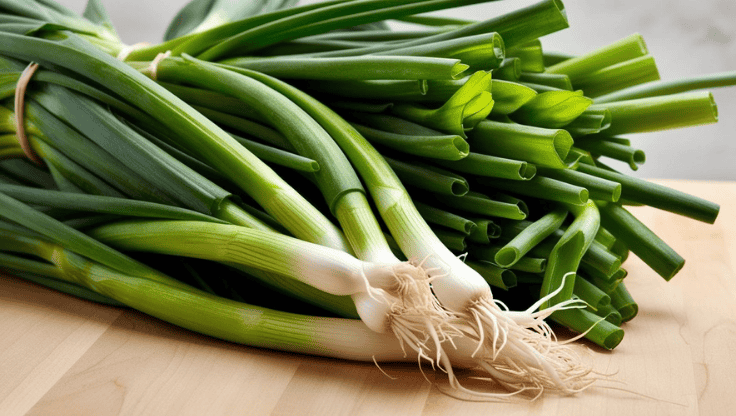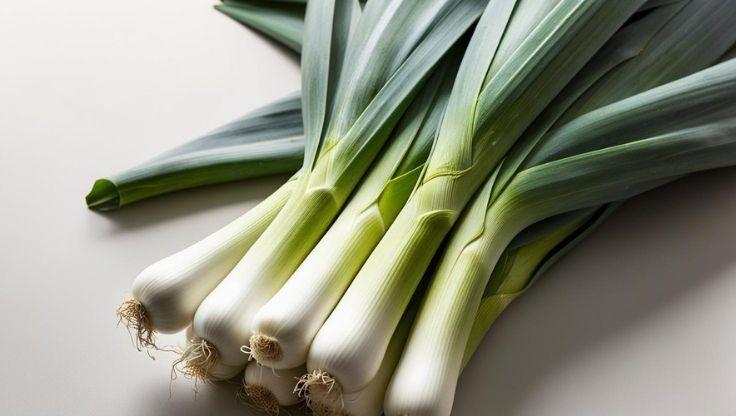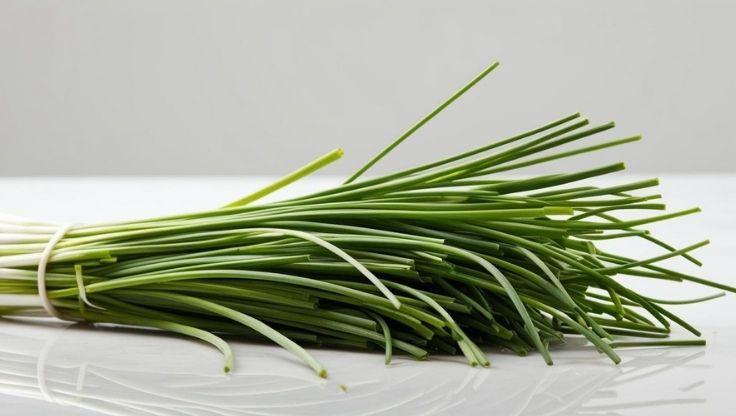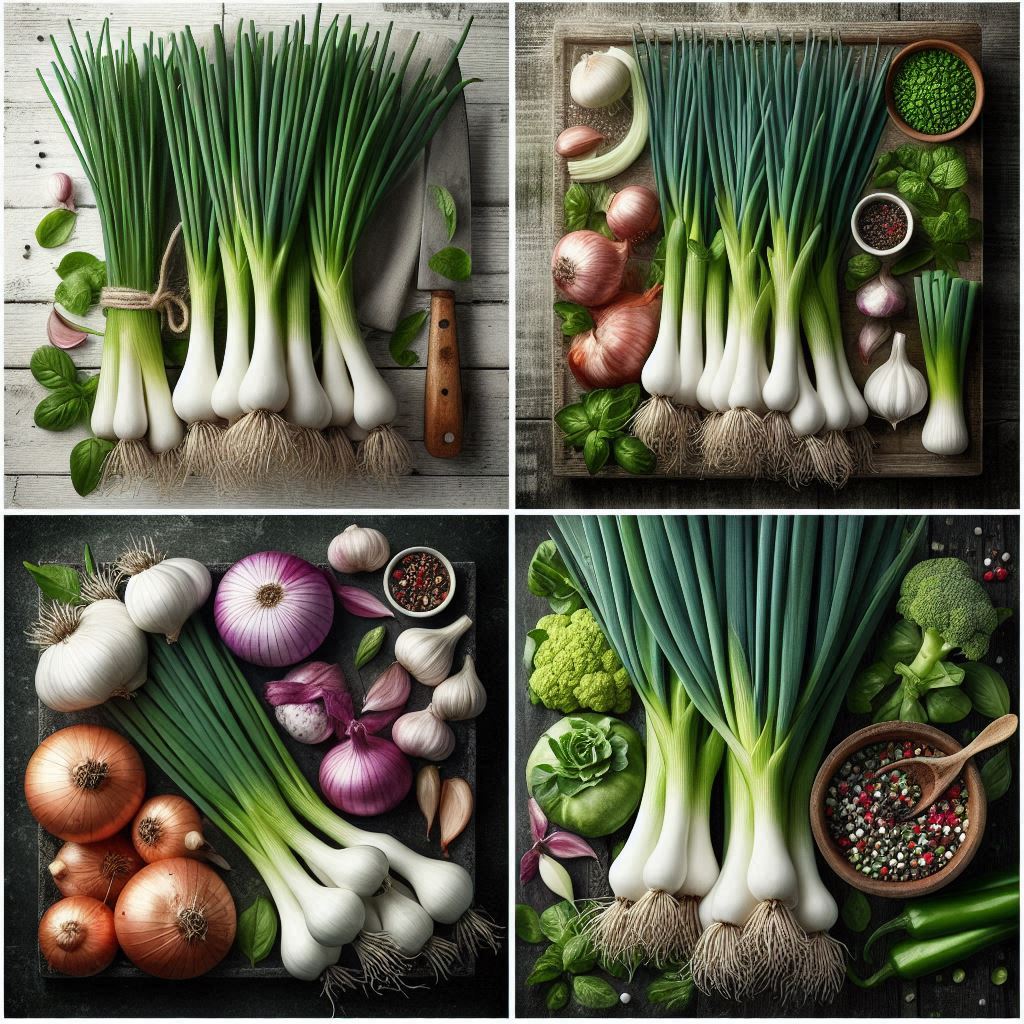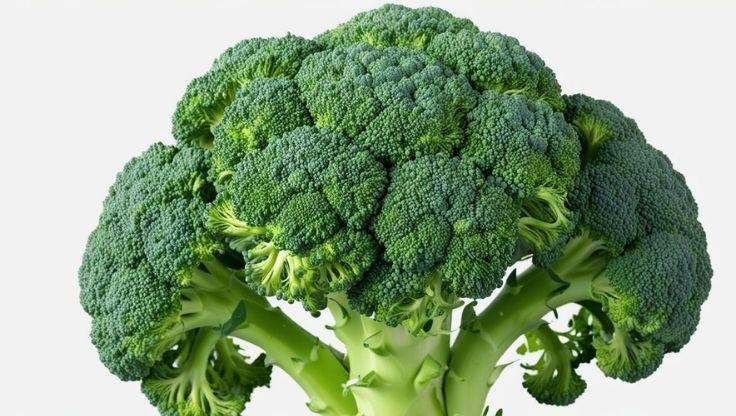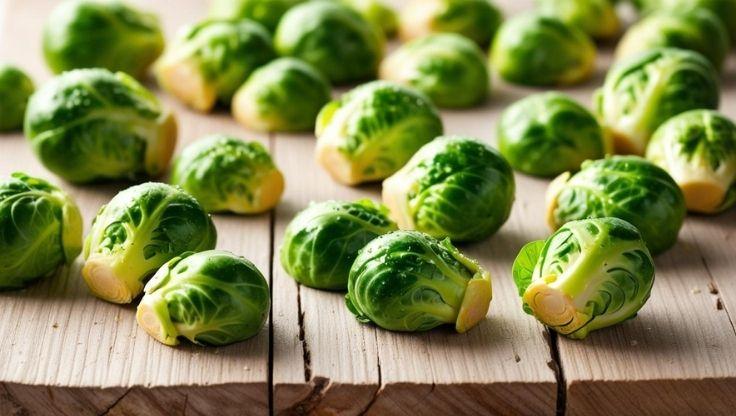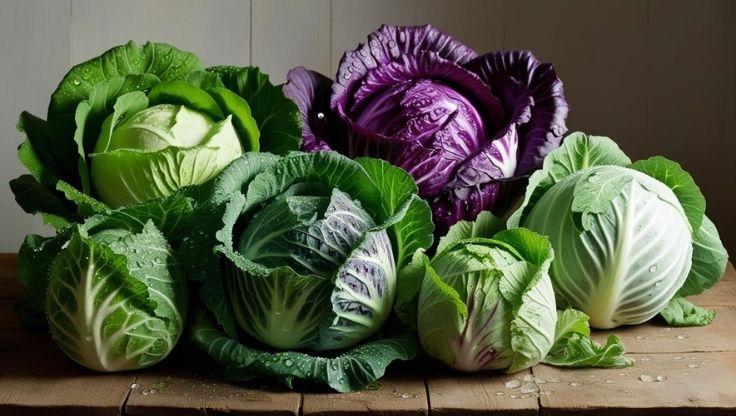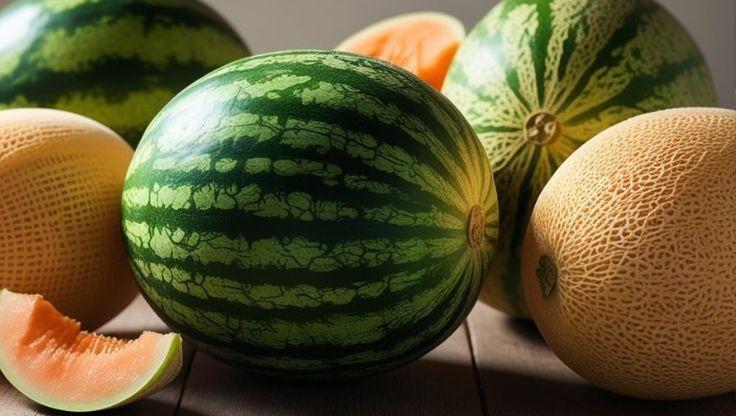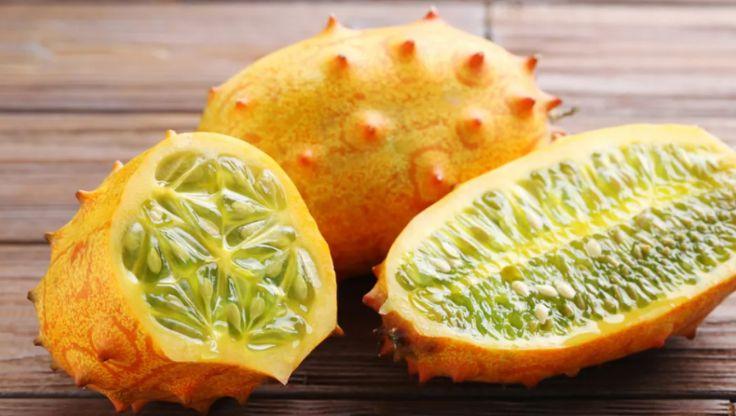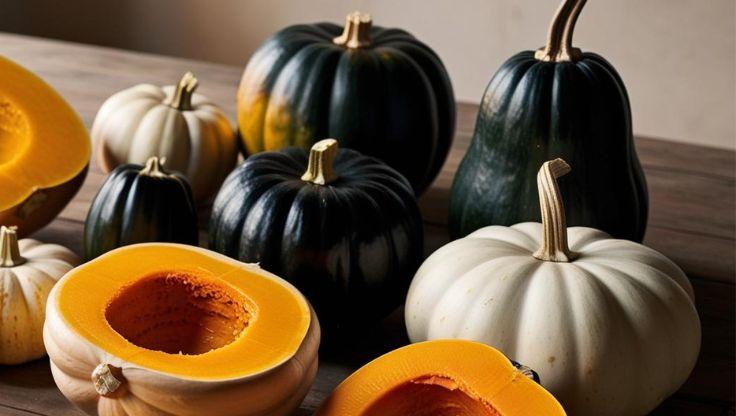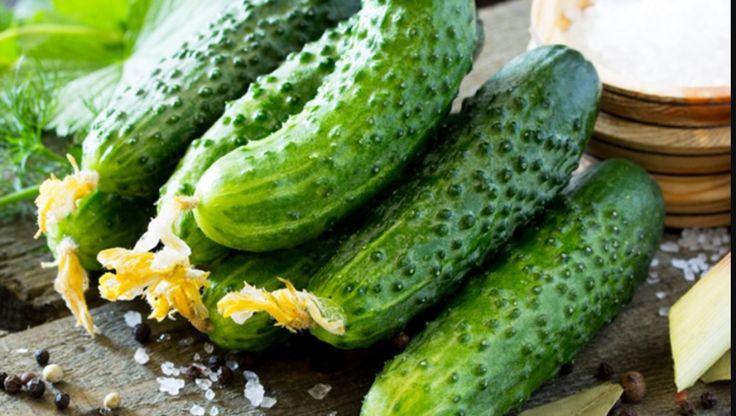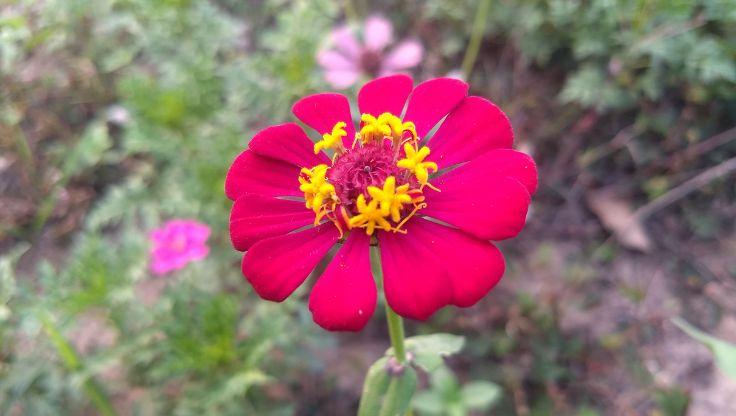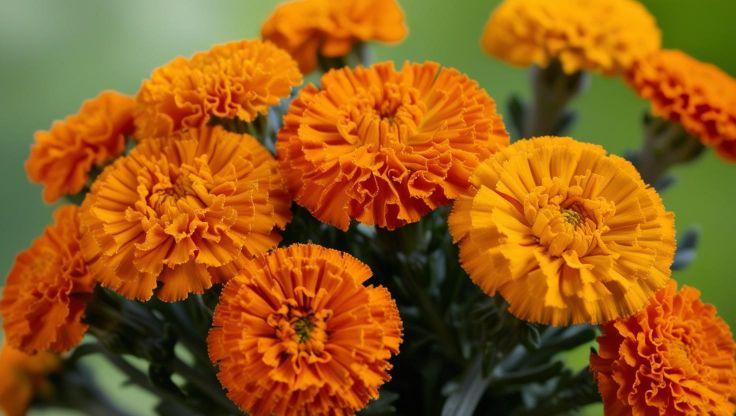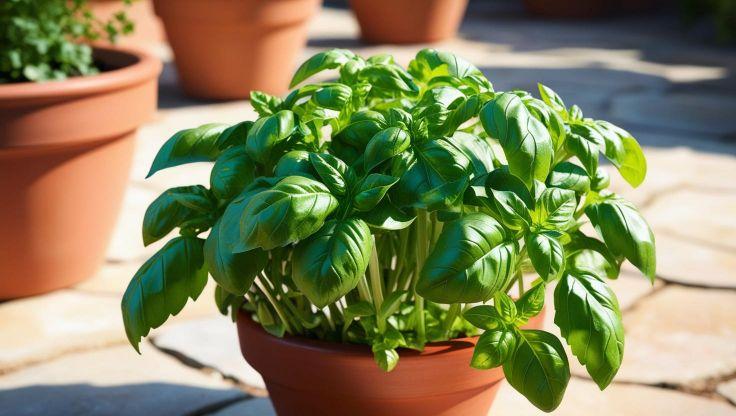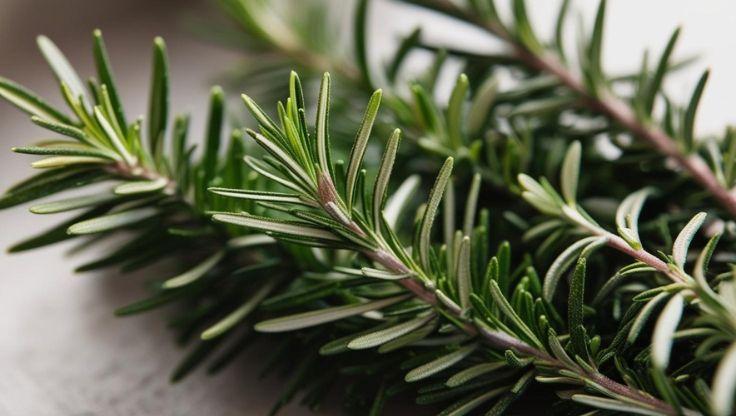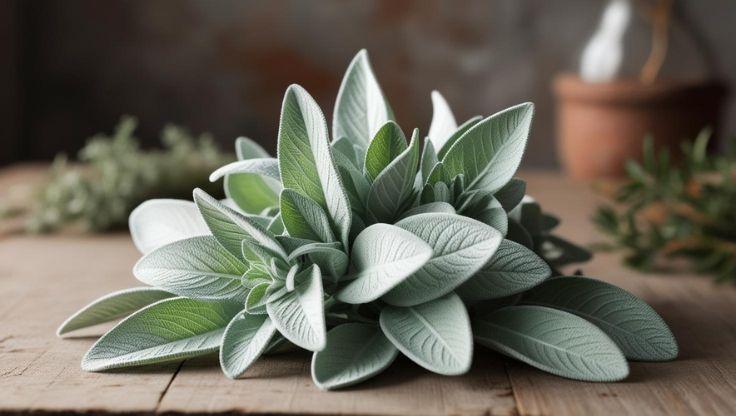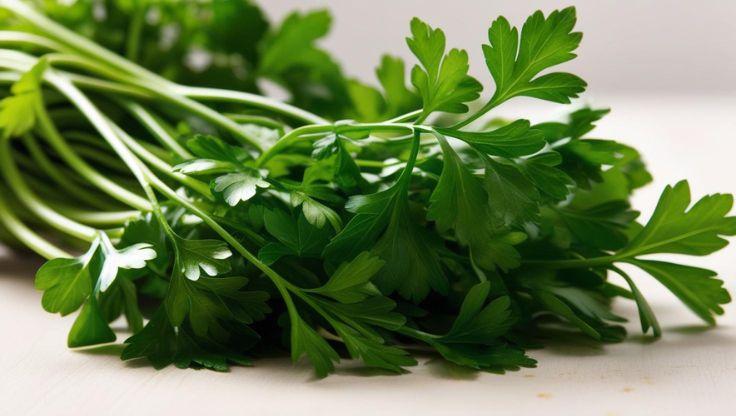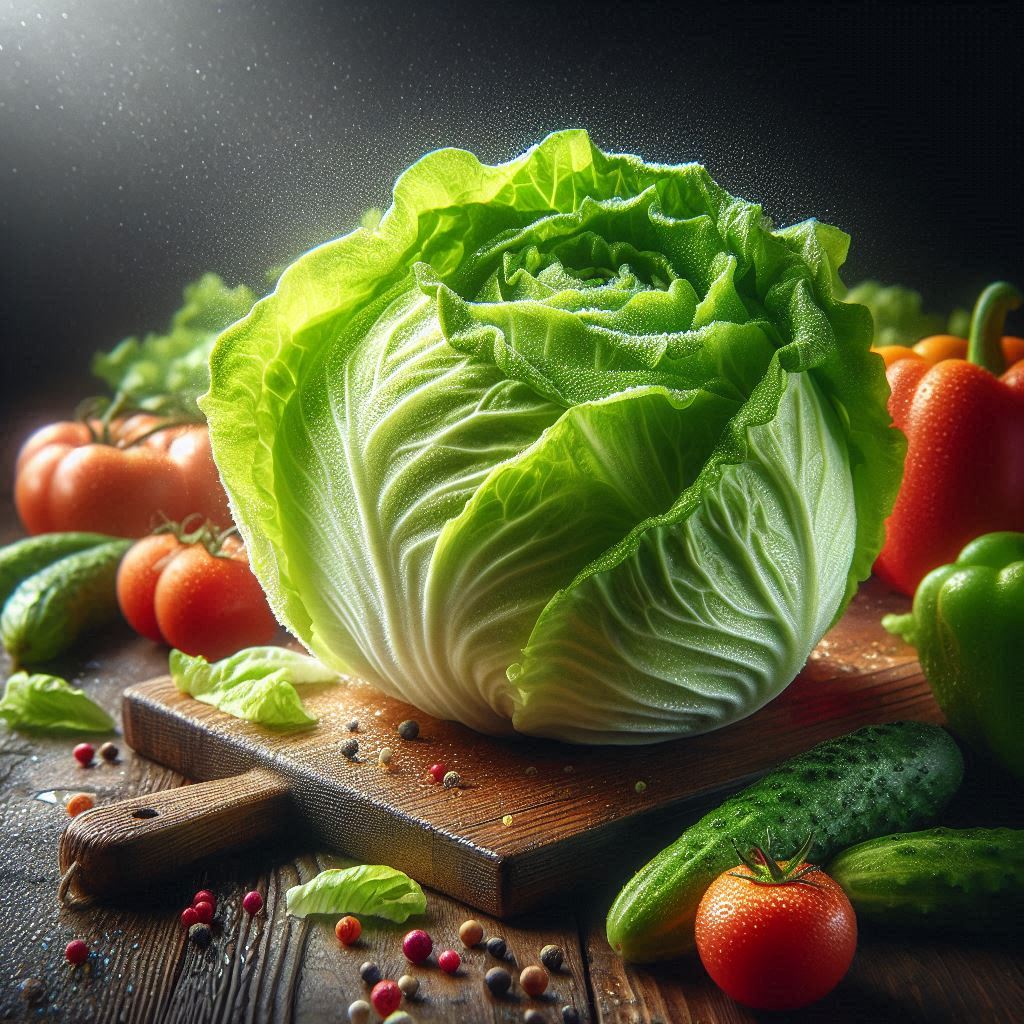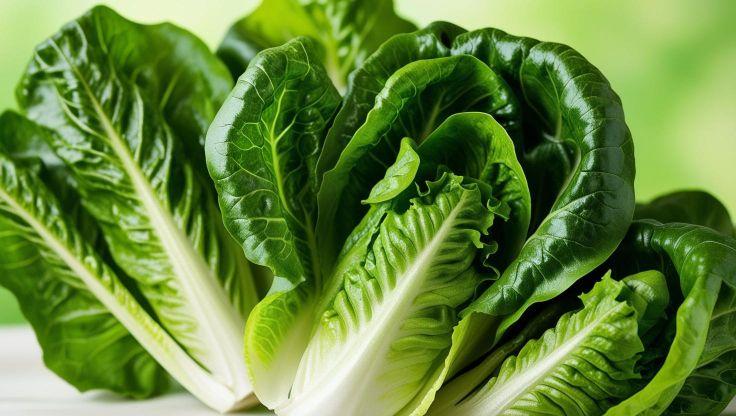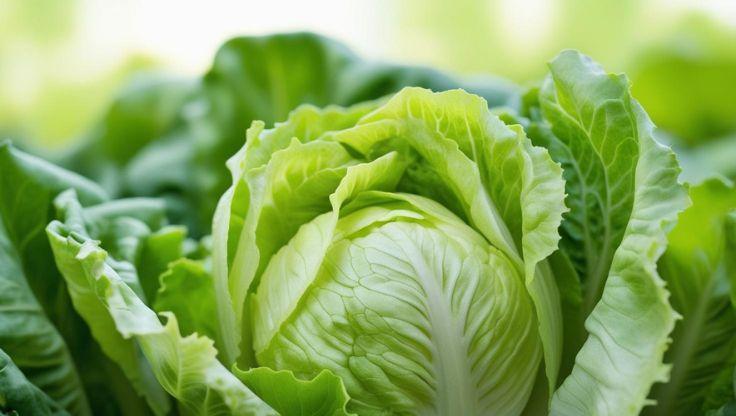Hydroponic Plants: A Complete Guide to Growing Peppers
Hydroponic plants, such as the diverse and flavorful pepper (Capsicum annuum), part of the nightshade family, are among the best hydroponic plants due to their ability to thrive in controlled environments. Growing peppers in hydroponic systems allows for efficient nutrient absorption, faster fruiting cycles, and robust disease prevention for these specific hydroponic plants. Using a hydroponic garden (often termed "hydro garden") minimizes water usage and enables high-quality yields regardless of climate, making peppers excellent hydroponic plants for year-round production.
Quick Start Checklist for Hydroponic Peppers:
-
Select pepper varieties (bell, jalapeño, cayenne, etc.) suited for hydroponic cultivation and your chosen system for these hydroponic plants.
-
Germinate seeds in a warm (24-29°C / 75-85°F), humid environment using starter plugs for your future hydroponic plants.
-
Prepare your hydroponic system and nutrient reservoir; sterilize if previously used to protect your hydroponic plants.
-
Calibrate pH and EC meters. Mix nutrient solution tailored for young pepper hydroponic plants, starting with lower EC.
-
Transplant seedlings once they have several true leaves and a strong root system into your hydroponic setup for hydroponic plants.
-
Establish lighting (14-18 hours) and maintain optimal temperature/humidity for your developing pepper hydroponic plants.
-
Monitor and adjust pH, EC, and water levels daily/regularly for your pepper hydroponic plants.
-
Provide crucial support (staking/caging) as these often bushy hydroponic plants grow and bear fruit.
-
Observe for pests/diseases on your hydroponic plants and manage proactively to ensure healthy hydroponic plants.
Hydroponic Growing Conditions for Peppers
Achieving success with pepper hydroponic plants requires careful attention to their specific environmental and nutritional needs. These particular hydroponic plants demand precision for optimal growth and yield.
Ideal pH and EC Levels for Pepper Hydroponic Plants
The nutrient solution is the lifeblood of your pepper hydroponic plants, directly influencing how these hydroponic plants absorb vital minerals.
-
pH: A range of 5.5–6.5 ensures effective nutrient uptake by your pepper hydroponic plants, keeping minerals soluble and available.
-
EC Level: An EC of 2.0–3.5 mS/cm is needed to support steady fruit development in these demanding hydroponic plants. Adjust EC based on the growth stage of your hydroponic plants, starting lower for seedlings.
Light, Temperature, and Humidity Requirements for Pepper Hydroponic Plants
The atmospheric conditions significantly impact your pepper hydroponic plants' growth and overall yield potential for these heat-loving hydroponic plants.
-
Light: Provide 14–18 hours daily exposure using LED grow lights or strong natural sunlight for your pepper hydroponic plants.
-
Temperature: Maintain 20–26°C (68–79°F) to encourage flowering and robust fruit production from your pepper hydroponic plants.
-
Humidity: A level of 55–75% helps maintain healthy plant development and aids pollination for indoor pepper hydroponic plants.
Best Hydroponic Systems for Peppers
Choosing the right hydroponic system is vital for the success of your pepper hydroponic plants, especially considering their potential size and fruiting nature. Visuals comparing DWC, NFT, and Aeroponic systems featuring mature pepper hydroponic plants can greatly aid selection for these productive hydroponic plants.
-
Deep Water Culture (DWC): Provides continuous hydration for strong root development in pepper hydroponic plants. Excellent for larger varieties if well-aerated, supporting these substantial hydroponic plants.
-
Nutrient Film Technique (NFT): Ensures optimal nutrient absorption for pepper hydroponic plants, best for smaller varieties or with careful channel sizing for larger hydroponic plants.
-
Aeroponics: Enhances oxygenation, leading to faster fruit formation and potentially higher yields from your pepper hydroponic plants, but requires meticulous management for these sensitive hydroponic plants.
Nutrient Solutions and Water Management for Pepper Hydroponic Plants
Consistent and precise management of the nutrient solution is critical for productive pepper hydroponic plants. This ensures these hydroponic plants receive exactly what they need for each growth phase, supporting vigorous hydroponic plants.
-
Regularly monitoring EC levels prevents nutrient imbalances in your pepper hydroponic plants.
-
Regular water circulation minimizes bacterial and fungal risks in the reservoir for your hydroponic plants.
-
Adjusting pH ensures efficient nutrient intake by the roots of your pepper hydroponic plants.
Pro-Tip: When topping off your reservoir for pepper hydroponic plants between full changes, use a half-strength nutrient solution or pH-adjusted water to avoid excessive EC buildup, as hydroponic plants absorb water faster than all nutrients. Change the entire solution every 1-2 weeks for optimal health of your hydroponic plants.
Detailed Nutrient Formulation for Pepper Hydroponic Plants
Pepper hydroponic plants have specific nutritional demands that evolve through their growth cycle. [Placeholder for Expert Quote: e.g., "Noted capsicum specialist, Dr. Piper Verde, states, 'An increase in potassium and calcium is paramount during the fruiting stage of pepper hydroponic plants to improve fruit quality and prevent disorders like blossom-end rot in these hydroponic plants.'"] Feeding your hydroponic plants correctly is crucial.
-
Vegetative Growth: Pepper hydroponic plants in their vegetative phase might thrive on an N-P-K ratio around 3-1-2 or 2-1-2, emphasizing high nitrogen (N) for vigorous leaf expansion in young hydroponic plants.
-
Flowering & Fruiting Stage: Transition your pepper hydroponic plants to a formula around 1-2-3 or 2-3-4, significantly boosting phosphorus (P) for flower/root development and potassium (K) to enhance fruit size and flavor for these hydroponic plants.
-
Micronutrients: Ensure your hydroponic plants receive adequate Calcium (Ca) to strengthen fruit structure, Magnesium (Mg) for chlorophyll production, Boron (B) for pollen viability and fruit set, and Iron (Fe) to prevent interveinal chlorosis in your pepper hydroponic plants.
Pruning and Training Pepper Hydroponic Plants
Managing the growth habit of pepper hydroponic plants through pruning and training is essential for maximizing yields and maintaining plant health. These techniques are vital for productive hydroponic plants and ease of harvest. (A diagram showing where to make pruning cuts on a young pepper hydroponic plant would clarify this process for these hydroponic plants).
Most pepper hydroponic plants benefit from being topped or pruned to encourage a bushier habit and more fruiting sites. Typically, maintaining 2-4 main stems is advisable for these hydroponic plants. Staking, caging, or trellising is crucial to support the weight of the fruit-laden hydroponic plants and ensure good air circulation.
Pro-Tip: Always use clean, sterilized pruning tools when working with your pepper hydroponic plants to prevent the spread of potential diseases between these valuable hydroponic plants. This protects your investment in these hydroponic plants.
Seed to Harvest Process for Pepper Hydroponic Plants
Understanding the timeline from seed to harvest is key for planning your pepper hydroponic plants cultivation. Visuals showing pepper seed germination, seedling development, hand-pollination methods for hydroponic plants, and ripe fruit examples would be very instructive for growing these hydroponic plants.
Germination and Seedling Care for Pepper Hydroponic Plants
For optimal germination of pepper hydroponic plants, sow seeds about ¼ inch deep in pre-moistened starter plugs. Peppers germinate in 7–14 days under controlled humidity and warmth (24-29°C / 75-85°F). Each growing hole for your future hydroponic plants typically contains 1–2 seeds. Provide light immediately once seedlings emerge to prevent stretching of young hydroponic plants.
Transplanting, Pollination, and Maturation of Pepper Hydroponic Plants
After transplanting the young hydroponic plants into the system, they mature and produce fruit within 60–90 days. For indoor hydroponic plants, manual pollination is essential: gently shake flowering stems daily or use a soft artist's brush or an electric toothbrush (vibrating near the flower) to transfer pollen from anther to stigma on each flower. These steps ensure good fruit set on your pepper hydroponic plants. (A close-up photo illustrating hand-pollination of a pepper flower on hydroponic plants would be beneficial here).
Popular Hydroponic Pepper Varieties
Numerous pepper varieties are suitable for growing as hydroponic plants. Popular hydroponic pepper varieties include sweet Bell Peppers (various colors), mildly hot Jalapeños, and fiery Cayenne Peppers. These are recognized for their vibrant colors and varying heat levels, all achievable with high-quality hydroponic plants and proper care for these specific hydroponic plants.
Pro-Tip: For bell pepper hydroponic plants, harvest when they reach full size and desired color. For jalapeño hydroponic plants, harvest green for typical flavor, or allow them to turn red for sweeter, spicier fruit. Cayenne hydroponic plants are typically harvested when fully red and slightly wrinkled. Use clean, sharp shears on your hydroponic plants.
Optimizing Flavor and Heat in Hydroponic Peppers
The flavor profile and capsaicin (heat) levels in pepper hydroponic plants can be subtly influenced by cultivation practices beyond just variety selection for your hydroponic plants. Understanding these nuances can elevate the quality of fruit from your hydroponic plants.
Slight, controlled water stress (e.g., a modest increase in EC) during late fruit development can sometimes concentrate capsaicin in hot pepper hydroponic plants. Ensuring a balanced nutrient profile, especially adequate potassium and sulfur, also contributes to optimal flavor development and pungency in all pepper hydroponic plants. Careful management can enhance the characteristics of your hydroponic plants' fruit.
Uses and Benefits of Hydroponic Peppers
Hydroponically grown peppers from your hydroponic plants offer exceptional flavor, versatility in the kitchen, and significant health advantages. These hydroponic plants yield clean, high-quality produce consistently, making them rewarding hydroponic plants to cultivate.
Culinary Applications of Hydroponic Peppers
Peppers from your hydroponic plants add depth to a variety of dishes with their sweet or spicy flavor profiles. Common uses include:
-
Fresh bell peppers in salads and stir-fries from your hydroponic plants.
-
Jalapeños for spicy condiments and salsas made with produce from your hydroponic plants.
-
Dried or smoked peppers for seasoning blends, extending the use of your hydroponic plants' harvest.
Health Benefits of Hydroponic Peppers
Peppers are rich in vitamin C, antioxidants, and capsaicin (in hot varieties), supporting immune health and metabolism. Growing pepper hydroponic plants ensures a pesticide-free and nutrient-rich harvest, maximizing the health benefits of these fantastic hydroponic plants.
Sustainability Advantages of Hydroponic Peppers
Utilizing hydroponic gardens for pepper hydroponic plants enhances water efficiency, eliminates soil degradation, and enables year-round pepper production, highlighting the sustainability of growing these hydroponic plants. Furthermore, growing pepper hydroponic plants locally in controlled environments can significantly reduce food miles and transportation-related carbon emissions. [Placeholder for Citation: e.g., (Source: AgriTech Journal, Hydroponic Pepper Resource & Emissions Study, 2023). Always use verified sources for your hydroponic plants data.] Growing hydroponic plants like peppers is an eco-conscious choice.
Challenges and Solutions for Hydroponic Peppers
While hydroponic peppers face fewer soil-borne pest issues, growers of these hydroponic plants must be vigilant. Clear images of pests, diseases, and nutrient deficiency symptoms on pepper hydroponic plants are invaluable for effective management of your hydroponic plants.
Common Pests and Diseases Affecting Pepper Hydroponic Plants
Hydroponic pepper hydroponic plants may encounter:
-
Aphids: Small, pear-shaped insects on new growth of hydroponic plants, causing sticky honeydew and leaf curl. Controlled using beneficial insects or neem oil on your hydroponic plants.
-
Blossom End Rot: A dark, leathery, sunken spot on the blossom end of pepper fruits on your hydroponic plants. Managed with adequate calcium supplementation and stable pH for your pepper hydroponic plants. It's an uptake issue for these hydroponic plants, not a disease.
-
Powdery Mildew: White, powdery spots on leaves of hydroponic plants. Prevented through humidity control (lower end of optimal) and proper airflow management around your hydroponic plants.
Growth Issues and Environmental Stress in Pepper Hydroponic Plants
To maintain thriving pepper hydroponic plants, growers should:
-
Keep temperature stable to prevent stunted growth or flower drop in hydroponic plants.
-
Support plant structure with stakes or trellises as pepper hydroponic plants become heavy with fruit.
-
Optimize nutrient ratios for vigorous fruiting throughout the lifecycle of your pepper hydroponic plants.
Pro-Tip: Regularly inspect your pepper hydroponic plants for early signs of stress or pests. Early detection and intervention are crucial for maintaining the health and productivity of your hydroponic plants. This proactive approach benefits all hydroponic plants.
Conclusion: Harvesting Success with Hydroponic Peppers
Growing peppers as hydroponic plants is a highly rewarding experience, offering control, efficiency, and superior quality yields. By mastering the specific needs of these versatile hydroponic plants—from nutrient solutions and environmental controls to system selection and diligent plant care—any grower can achieve a continuous harvest of delicious and healthy peppers. The distinct advantages of cultivating pepper hydroponic plants make them an exemplary choice for both modern agriculture and the dedicated home hydro-gardener seeking flavorful hydroponic plants.
Research for expert insights
Enhance your understanding with these insightful and well-documented expert resources.
|
Company/Institution |
Article Title |
Article Link |
|---|---|---|
|
Federal University of Campina Grande |
Growth and Production of Hydroponic Pepper under Salt Stress and Plant Density |
|
|
Agricultural Research Council (ARC) - Vegetable and Ornamental Plant Institute |
Effect of Plant Population, Stem and Flower Pruning on Hydroponically Grown Sweet Pepper |
|
|
Warsaw University of Life Sciences |
Growth, Yield, and Quality of Sweet Pepper Fruits Fertilized with Polyphosphates in Hydroponic Cultivation with LED Lighting |
|
|
Seoul National University |
Development of Growth Estimation Algorithms for Hydroponic Bell Peppers Using Recurrent Neural Networks |
|
|
Agricultural University of Athens |
Impact of Cultivar and Grafting on Nutrient and Water Uptake by Sweet Pepper Grown Hydroponically |
A detailed exploration of the subject makes their insights an exceptional resource for readers looking to enhance their comprehension.


